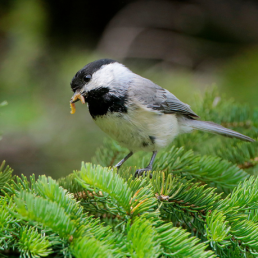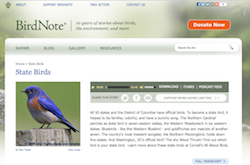

Join BirdNote tomorrow, November 30th!
Illustrator David Sibley and actor H. Jon Benjamin will face off in the bird illustration battle of the century during BirdNote's Year-end Celebration and Auction!
Why is there a lack of diversity in the fast-growing hobby of birdwatching?
A lesson for high school in two class periods
| 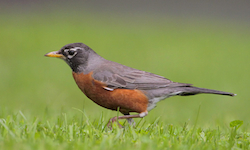 | 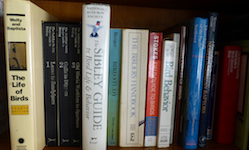 | ||
| Summary | Lesson Plan | Resources |
Summary
Birdwatching or “birding” is one of the fastest growing hobbies in the United States and as of 2011, there were 47 million birders, ages 16 and older, spying our feathered friends. So why is this fast-growing hobby not reflective of the communities where we live? According to a 2011 demographic and economic analysis study conducted by the US Fish and Wildlife Service, the average birder or birdwatcher is likely to be around 53 years old, white, and have a better-than-average income and education. Does this accurately describe the demographics of your students’ community?
Today, birds are facing pressures from pollution, habitat loss, and climate change. Birdwatching is often referred to as a gateway into a larger interest in nature study and conservation. Thus, the more that communities engage in birdwatching and bird conservation, the stronger their resolve to improve conditions for birds and their habitats. Having more diverse voices in the field of conservation will also help to uncover environmental problems at a local level and enhance the chances of developing solutions to those problems. As Dr. Lanham says, “Conserving birds and their habitat is a moral mission that needs the broadest and most diverse audience possible to be successful.”
This lesson will engage students in a discussion of individuals they see who are out exploring nature, what they perceive those people look like, and why the students think there are not more people of color exploring nature on their own. Additionally, students will think critically to find ways to increase diversity in birdwatching and conservation in their communities. This lesson should be split up into two class periods.
Title: Birdwatching through the lens of diversity
Duration: Two class periods
Setting: Indoors
Subject Areas: Geography, Social Studies, Life Science
Grade Level: High School
Lesson Objectives:
* Students will be able to (SWBAT) describe the current demographics of birdwatchers in the United States.
* SWBAT will compare demographics of their communities to the diversity of birds in their communities.
* Students will explore solutions to the lack of diversity in birding and nature study.
How BirdNote is used: a BirdNote video introduces the topic of diversity in birdwatching
Vocabulary:
Birdwatcher - a person who closely observes and tries to identify birds as part of a recreational activity.
Birdwatchers are also known as birders.
Materials:
BirdNote video, Rules for the Black Birdwatcher, with J. Drew Lanham
US online Census Data Mapper
ebirds Explore a Region website
Lesson Plan
Day One
Motivate: At the beginning of the lesson or as a homework assignment the night before, tell students to type in birdwatcher or birdwatching into their computer’s search engine and click images. Teachers can also print out and provide images if technology is limited.
* Begin the lesson by asking students to describe the images they found. What does the average or typical birdwatcher look like?
* Ask students to describe race and age and to infer their average income and education.
Teach: Tell students that birdwatching is the fastest growing hobby in the United States and that as of 2011, there were 47 million birders ages 16 and older in the United States. According to a recent study, the average birder or birdwatcher is likely to be around 53 years old, white, and have a better-than-average income and education. Does this accurately describe the demographics of your community?
* Ask students to work in groups to discuss why they think that one of the fastest growing hobbies in the US is not reflective of their community (e.g., access to nature, knowledge of conservation groups near them, knowledge of bird species in their community).
* Watch BirdNote’s two-minute video titled Rules for the Black Birdwatcher, with J.Drew Lanham.
* Discuss with students
- What are the essential rules for the black birdwatcher as described by Dr. Lanham?
- How can the black birder sometimes be perceived?
- Why does Dr. Lanham compare himself to an endangered species?
- Are Dr. Lanham’sRules for the Black Birdwatcher relevant to what communities of color experience in other situations?
Day Two
Do the Activity:
* First use the US Census Data Mapper to describe the population and racial make-up of your county.
- Go to US Census Data Mapper and create your map. An example of how to customize your map is pictured below.
- Make sure to choose each category under Step 2 in order to get an accurate idea of the racial diversity of your county.
- Customized maps can be converted to PDF and printed.
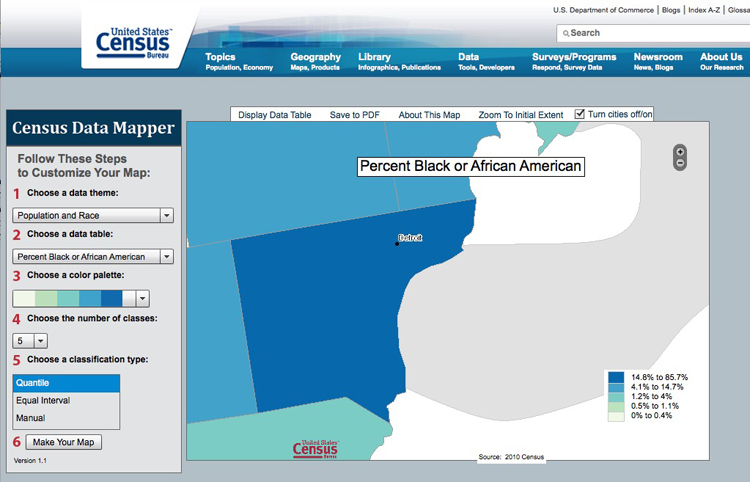
* Next let’s explore the diversity of birds that can be found in your county. To do that, visit eBird and visit your region.
- Type the name of your county in the search box.
- When your state appears in the drop-down box, click to view the list of birds that have been reported by birdwatchers in your area.
- In the left hand corner of the page, there will be a large green number that indicates the number of species observed in your county.
- Click on the date next to each bird species to find out where in your county that species was observed.
* In looking at both data sets, what, if any, connections can you make between the diversity of your community and the diversity of bird species that are also in your community?
Discuss: At the end of his video, Dr. Lanham states that “we need to find ways to make bird watching and nature study more interesting to people of color.” Now that you have researched both the diversity of people in your county and the diversity of bird species that share your communities, how can we answer Dr. Lanham’s call to make birdwatching and nature study more interesting to people of color?
* Dr. Lanham also drew a comparison of the black birdwatcher to an endangered species. Are any of the birds that are observed in your communities endangered or threatened species? If so, how can we increase biodiversity in your communities?
Extension Activity 1: While some birds such as House Sparrows and European Starlings stay in a particular area year round, many birds migrate to other places. Research the habitat range map of a bird that you connected with using a field guide from your local library or visit Audubon’s online Guide to North American Birds. Does your bird migrate through other areas of the country that also have diverse communities?
Extension Activity 2: Explore organizations that are working toward diversifying birdwatching and nature study. Here are some to get you started:
Outdoor Afro
Latino Outdoors
Young Birders Network
Audubon Society Chapter Network
Extension Activity 3: Connect with a local birding or conservation group to schedule a field trip to one of the local nature preserves in your county.
Conservation Project Ideas: Plant bird-friendly native plants around your school to attract more birds to your communities. For ideas on how to make your school bird friendly, please visit Audubon Taking Action.
Resources
BirdNote video, Rules for the Black Birdwatcher, with J. Drew Lanham
Birds, Bird Watching, and the U.S. Economy: from the 2016 National Survey of Fishing, Hunting, and Wildlife-Associated Recreation
US Census Data Mapper
eBird Explore a Region
Audubon Guide to North American Birds
BirdNote thanks contributor Drew Lanham for the video Rules for the Black Birdwatcher and guidance on this lesson plan.
Do you have a lesson plan to share? Check out the guidelines, then download the submission form. Thank you!
